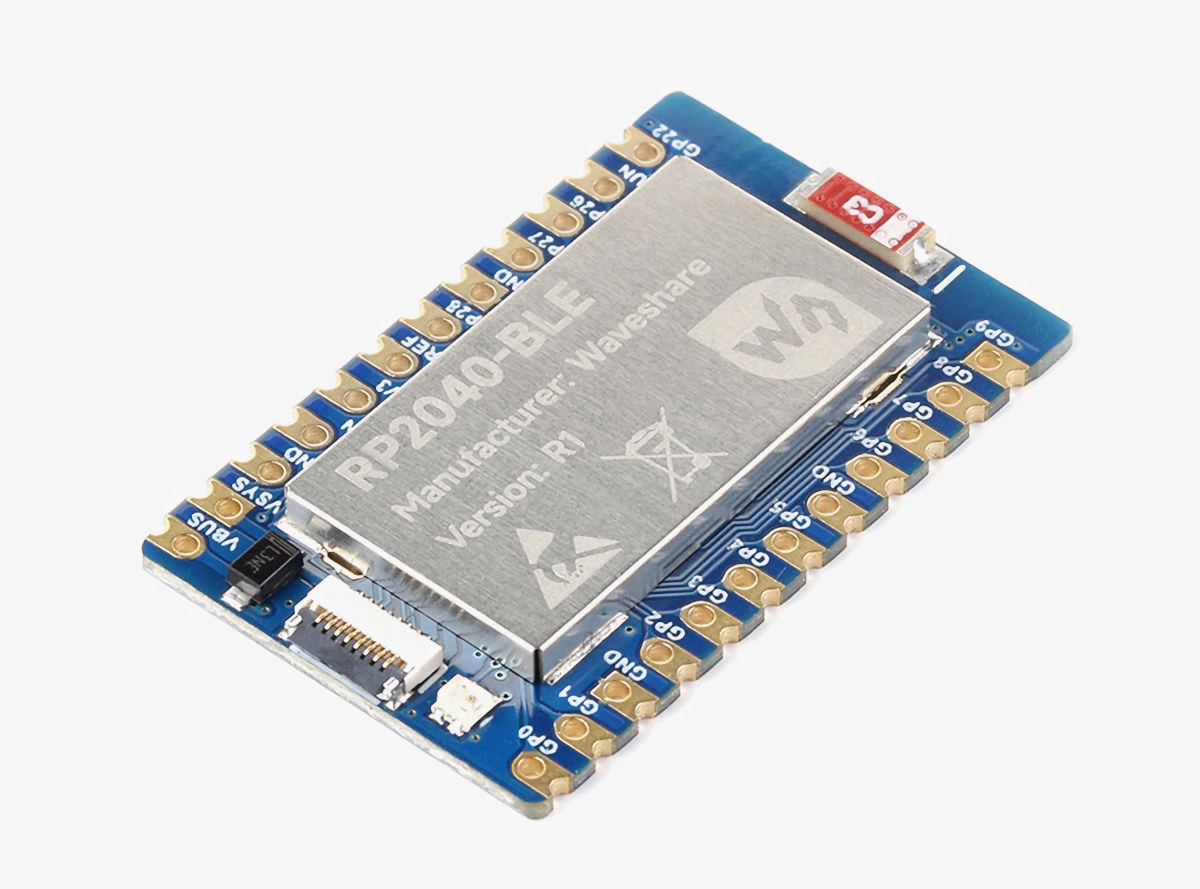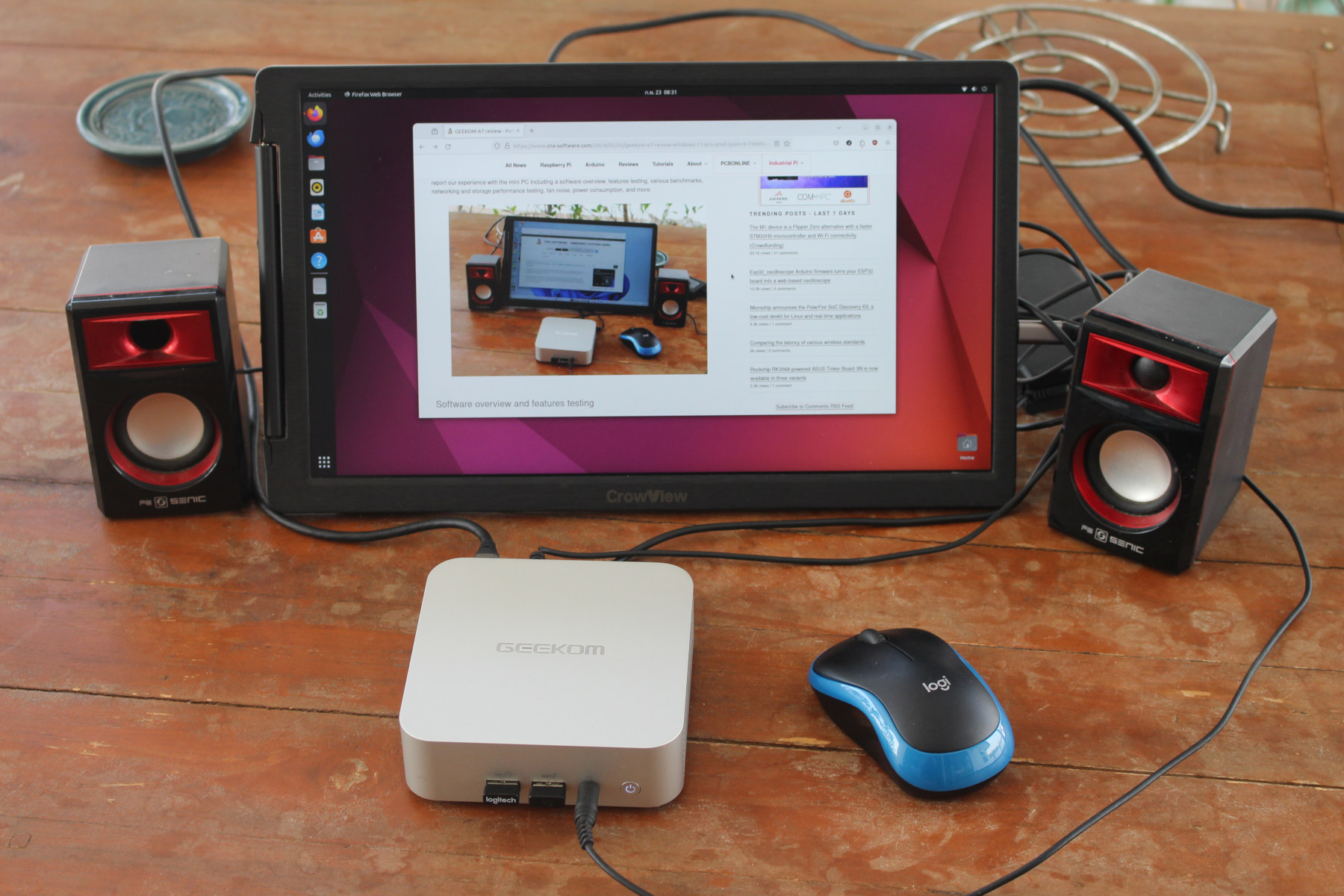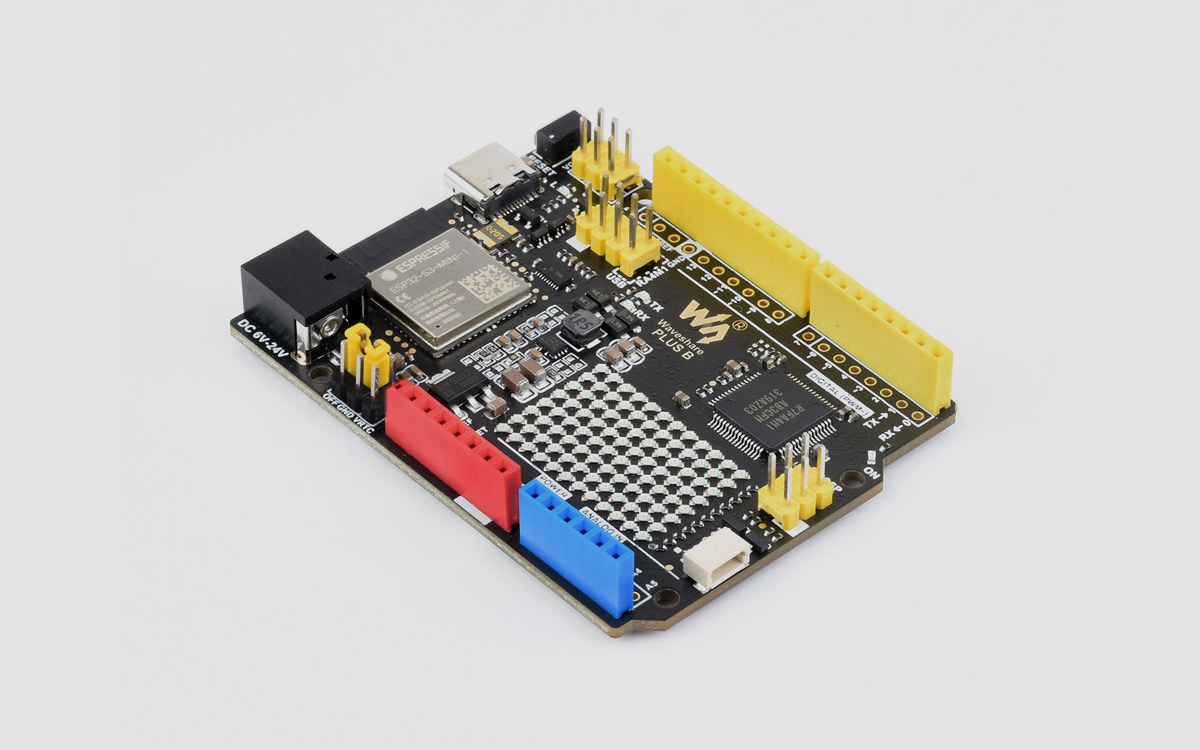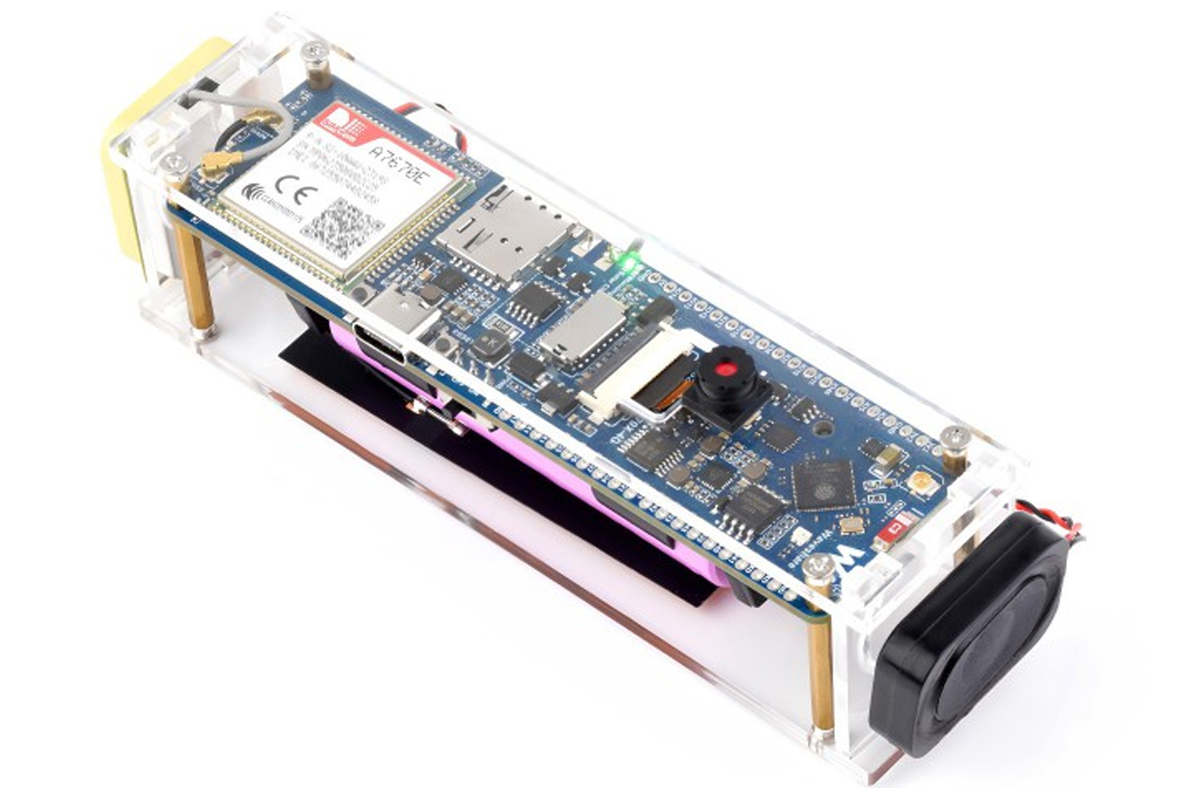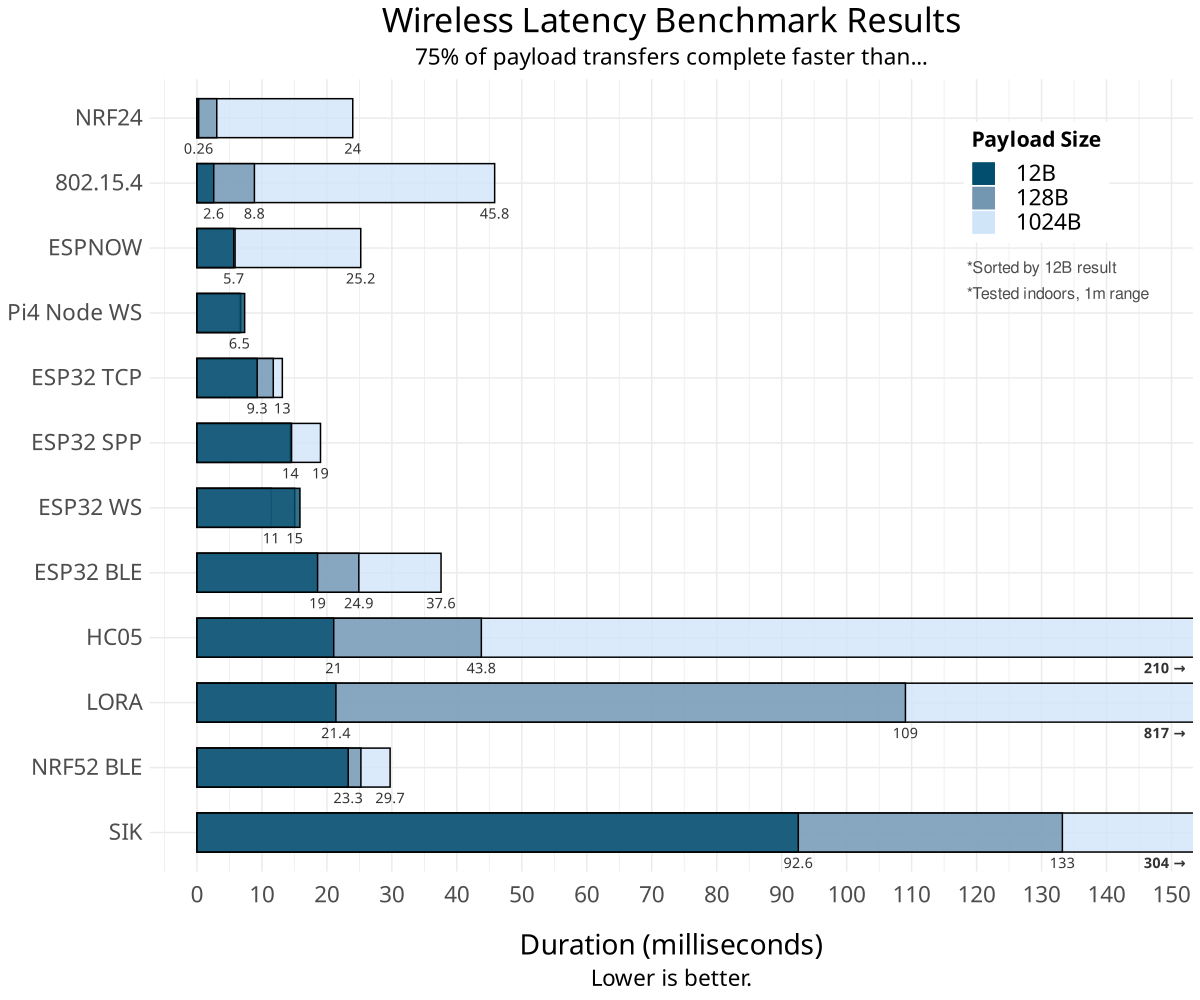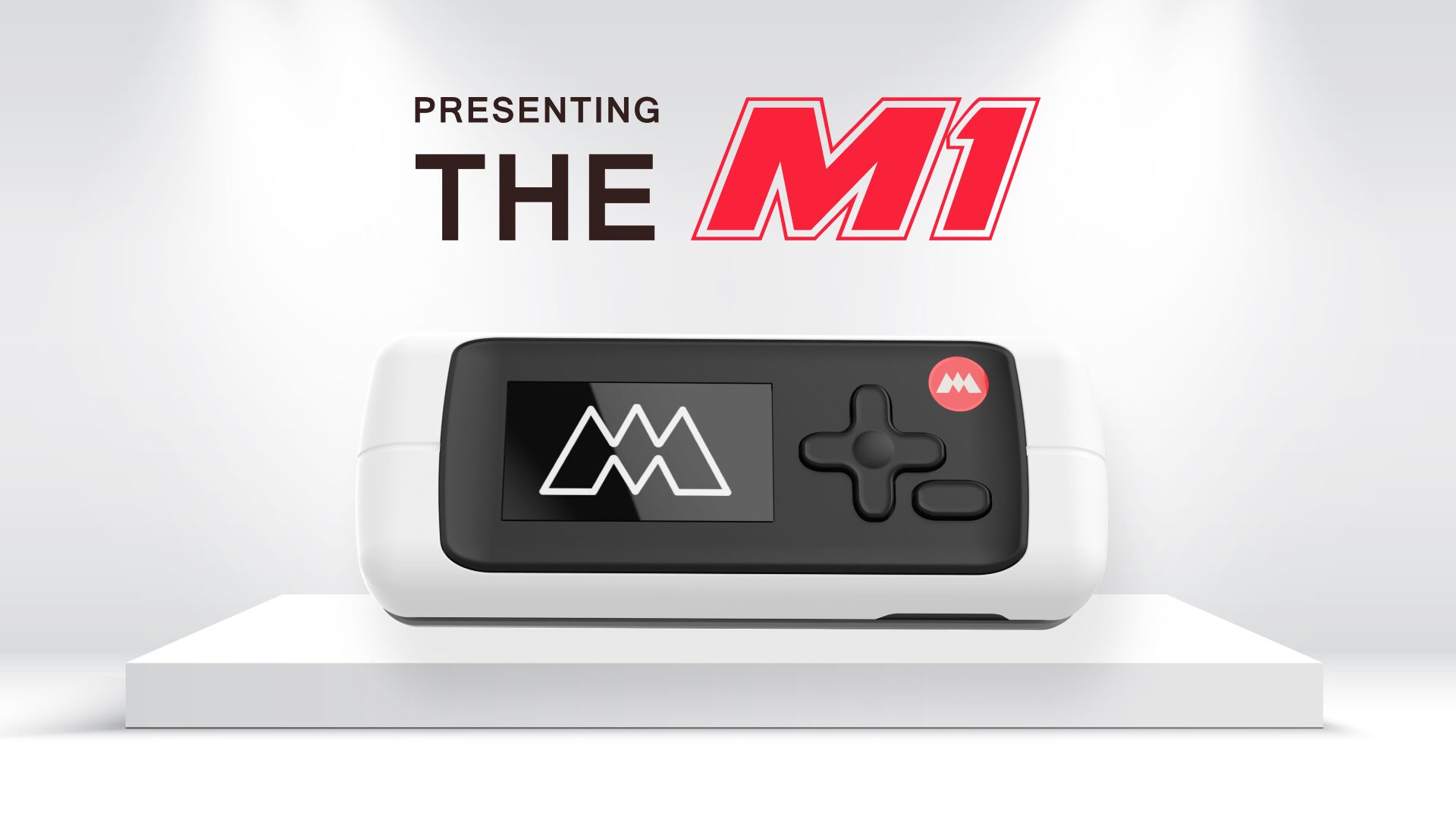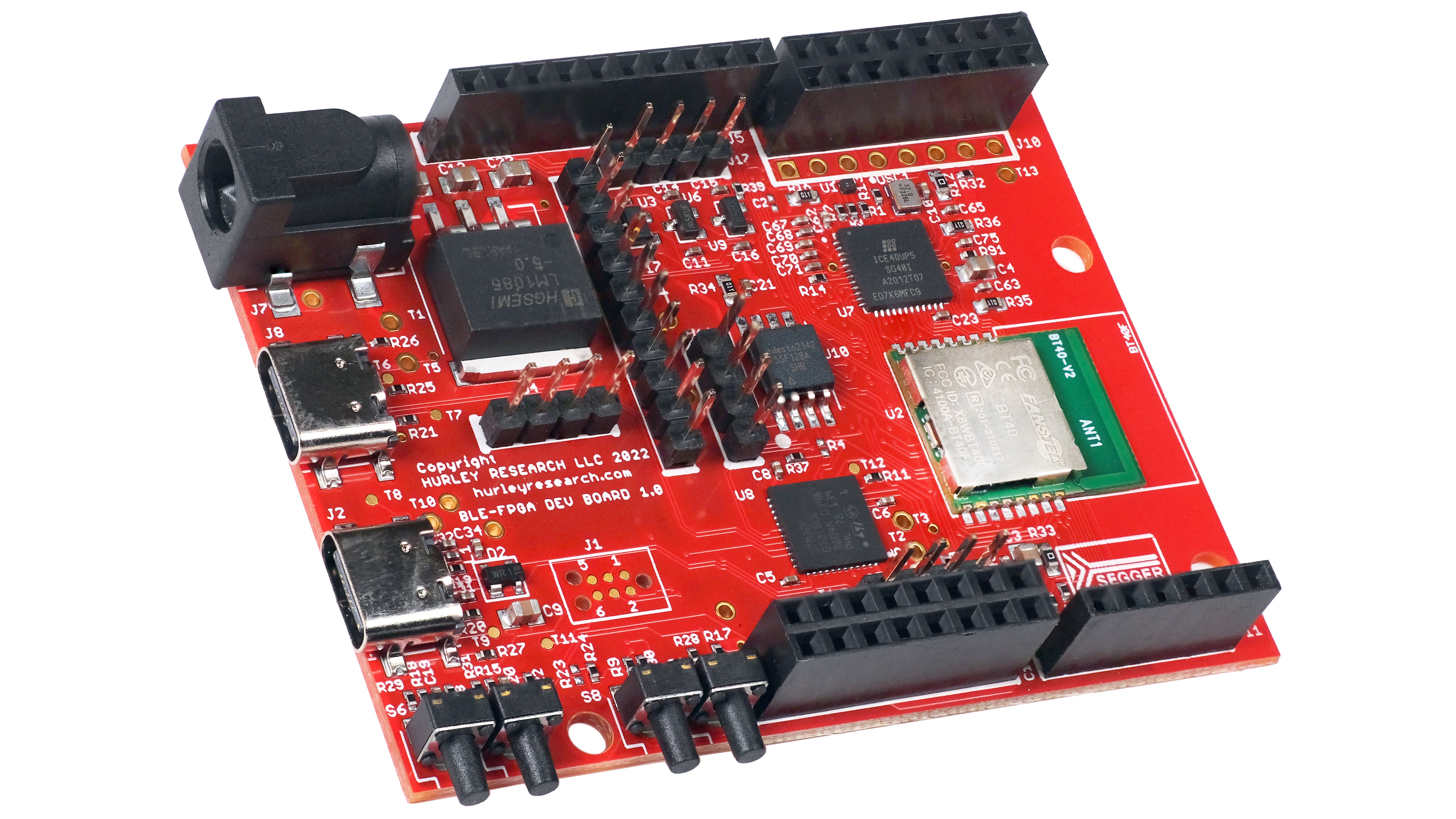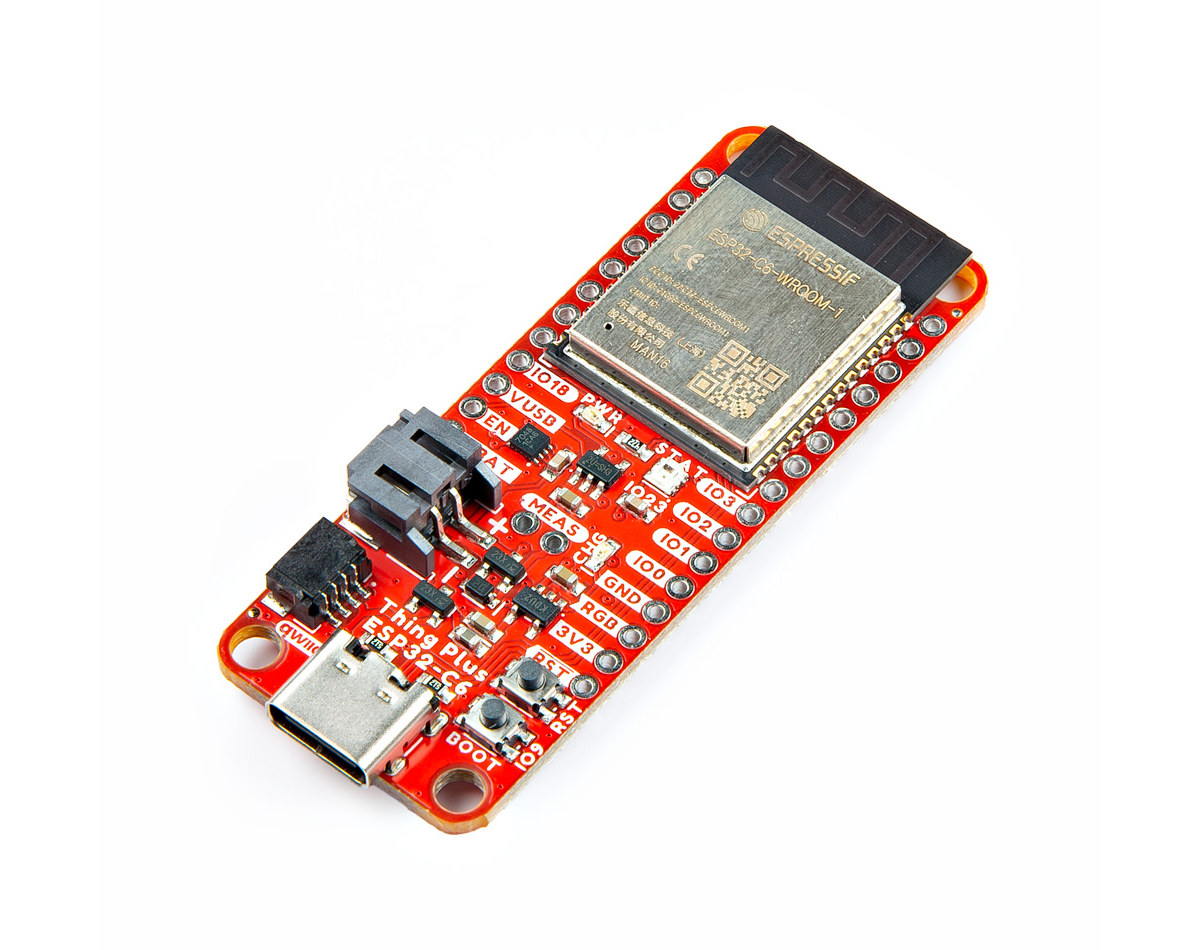If you could not care less about WiFi, the Waveshare RP2040-BLE module combines a Raspberry Pi RP2040 microcontroller with an unnamed Bluetooth 5.1 dual-mode chip, and supports a USB-C add-on board useful during development. There are several Raspberry Pi RP2040 boards with a WiFi and Bluetooth module including the Raspberry Pi Pico W, but if you are only interested in using Bluetooth, the RP2040-BLE board from Waveshare may be more power-efficient and its design may be more suitable for integration into products. Waveshare RP2040-BLE specifications: MCU – Raspberry Pi RP2040 dual-core Arm Cortex M0+ microcontroller up to 133 MHz with 264KB of SRAM Storage – 2MB of onboard Flash memory. Connectivity Bluetooth 5.1 dual-mode function (BLE and classic) Controlled by serial AT commands Ceramic antenna Expansion 24x through and castellated holes with 14x multi-function GPIO pins. 2x SPI, 2x I2C, 2x UART, 3x 12-bit ADC, 14 x PWM FPC connector […]
GEEKOM A7 mini PC review – Part 3: Ubuntu 22.04 (and Ubuntu 24.04)
After a GEEKOM A7 mini PC unboxing and teardown, I tested the AMD Ryzen 9 7940HS mini PC in Windows 11 Pro, but I’ll now report my experience with the GEEKOM A7 running Ubuntu 22.04.4 to see how well the AMD Ryzen 9 7940HS system performs in Linux. I also had to install Ubuntu 24.04 to check the wireless module further, so I’ll report on that too. The Ubuntu 22.04 review will include features testing, several benchmarks, storage, 2.5GbE, and WiFi 6 networking performance testing, a stress test to check thermal performance, as well as fan noise and power consumption measurements. Ubuntu 22.04 installation I resized the Windows 11 partition to get an unused 500GB partition to install Ubuntu 22.04 from a USB drive. But the first time, it did not work as I was asked to disable BitLocker disk encryption in Windows 11 just like I did for the […]
Waveshare R7FA4 PLUS A and B boards are clones of the Arduino UNO R4 Minima and WiFi
Arduino board clones have been around for many years, but I don’t think I have ever seen clones of the new Renesas-based Arduino boards so far. Waveshare changes that with the R7FA4 PLUS A that clones with Arduino UNO R4 Minima, and the R7FA4 PLUS B board duplicating the Arduino UNO R4 WiFi. The Waveshare boards are not 100% clones with some small differences in the PCB layout, support for 5V and 3.3V shields, an additional 6-pin “power output header” with 5V, 3.3V, and GND signals, and a USB communication jumper to select between the Espressif ESP32-S3 and Renesas RA4M1 microcontrollers. Waveshare R7FA4 PLUS A and B specifications: Microcontroller – Renesas RA4M1 Arm Cortex-M4F MCU @ 48 MHz with 32KB SRAM, 256KB flash Wireless (B model only) – ESP32-S3-MINI-1 module based on ESP32-S3 dual-core Xtensa LX7 microcontroller with 512KB SRAM, 384KB ROM, WiFi 4 and Bluetooth 5.0 connectivity, PCB antenna […]
Waveshare ESP32-S3 4G dev boards feature LTE Cat-1, 2G, and camera support
Waveshare has recently launched two new ESP32-S3 4G dev boards – the ESP32-S3-SIM7670G-4G and the ESP32-S3-A7670E-4G. These boards support 4G LTE Cat-1, Wi-Fi, Bluetooth, and GNSS, and come with an OV2640 camera, and a battery holder for a 18650 battery. The main difference between the two is that the A7670E module also supports 2G GSM/GPRS/EDGE at 900/1800MHz while the SIM7670G module does not. The board has two rows of I/Os including GPIO, I2C, SPI, ADC, and USB 2.0. It also has a USB-C port for power and programming, a slot for a MicroSD card, and an option to connect an external speaker. There’s a USB switching IC and DIP switch for easily connecting the module to a PC for internet or debugging. Waveshare ESP32-S3 4G Dev Boards Specification: Communication module A7670E 4G – A7670E Cat-1 4G module supporting 4G Cat-1 + 2G networking, GNSS positioning, telephone calls, and SMS. SIM7670G […]
Comparing the latency of various wireless standards
If you’ve ever wondered which wireless standard may deliver the smallest lag (latency) when transmitting small packets, we’ve now gotten an answer thanks to Scott at Electric UI who benchmarked various wireless links in common MCU development boards. More specifically the following hardware and wireless standards were tested: SiliconLabs 10×0-GM RF+8051 microcontroller with 240–960 MHz EZRadioPRO transceiver running SiK firmware HopeRF RFM95W LoRa module (on an Adafruit Breakout board) connected to an STM32F429 MCU Nordic Semi nRF24L01 2.4GHz transceiver module ESP32 board for ESP-NOW and WiFi testing is shown as ESP32 WS (WebSockets) or ESP32 TCP in the chart below. Raspberry Pi boards were also used for comparison ESP32-C6 board for 802.15.4 transfers (Thread) ESP32 and HC-05 modules for Bluetooth SPP (Serial Port Profile) ESP32 board with NimBLE and Bluedroid stacks and nRF52 for Bluetooth LE testing Here are the results for 12 bytes, 128 bytes, and 1024 bytes data transfers. […]
The M1 device is a Flipper Zero alternative with a faster STM32H5 microcontroller and Wi-Fi connectivity (Crowdfunding)
The M1 is a multitool device that bundles several hacking and penetration tools in a package that looks like a retro-gaming console and could be viewed as a Flipper Zero alternative with a more powerful STMicro STM32H5 Cortex-M33 high-performance MCU featuring Arm TrustZone hardware-based security for additional protection for sensitive data. The M1 multitool device features transceivers for infrared, sub-1 GHz, Bluetooth, NFC, RFID, and Wi-Fi. This means that the M1 can replace most of your remotes as well as your RFID and NFC-based items (membership cards, access fobs, business cards, credit cards, etc.) It also has twelve 3.3V (5V tolerant) GPIO pins that can be used to add extra functionality to the device. M1 specifications: MCU – STM32H5-series microcontroller, with a 32-bit ARM Cortex-M33 core, 1MB RAM Storage – MicroSD card slot Display – 1.54-inch display, 128 x 64 resolution Connectivity Bluetooth 4.2 BR/EDR BLE Sensitivity -96dBm Infrared – […]
NRFICE is a Bluetooth FPGA board in the Arduino UNO form factor (Crowdfunding)
The NRFICE FPGA is a Bluetooth FPGA board designed for edge computing and IoT applications. It is built upon a combination of the dual-core nRF5340 Bluetooth SoC and the Lattice ICE40UP5K FPGA. The ICE40 UltraPlus is a low-power, high-performance FPGA for edge computing and artificial intelligence projects and the nRF5340 is a Bluetooth 5.3 SoC that supports Bluetooth Low Energy (BLE), Bluetooth Mesh, Thread, NFC, and Zigbee. Through the Nordic nRF5340, NRFICE can load a project directly into the iCE40 FPGA, bypassing the usual extensive toolchain setup. This enables a new class of FPGA development, where bitstreams can be hosted in the cloud, selected by a user on their phone, and loaded wirelessly to the board. It features a built-in J-Link OB for easy debugging and programming without the need for emulator dongles and is similar to the previously covered Segger emPower evaluation board in this regard. This board supports […]
SparkFun Thing Plus – ESP32-C6 board comes with 16MB flash, LiPo battery support
SparkFun has launched yet another ESP32-C6 board with the “Thing Plus – ESP32-C6” based on the ESP32-C6-WROOM-1-N16 module with 16MB flash and a PCB antenna and range of I/Os and power options. The board features 28 through holes with up to 23 multi-function GPIOs and a Qwicc connector for expansion, and supports 5V or LiPo battery power through respectively a USB-C port a 2-pin JST connector combined with a charging chip, and a fuel gauge. SparkFun Thing Plus – ESP32-C6 specifications: Wireless module – ESP32-C6-WROOM-1-N16 MCU – ESP32-C6 32-bit single-core RISC-V microcontroller with 2.4 GHz WiFI 6, Bluetooth 5 LE, and 802.15.4 radio (Zigbee and Thread); Matter-compatible Storage – 16 MB flash PCB Antenna Storage – MicroSD card slot USB – 1x USB Type-C port for power and programming Expansion 12-pin + 16-pin headers with 23x multifunctional GPIOs Up to 7x 12-bit ADC channels Up to 2x UART channels (with […]


